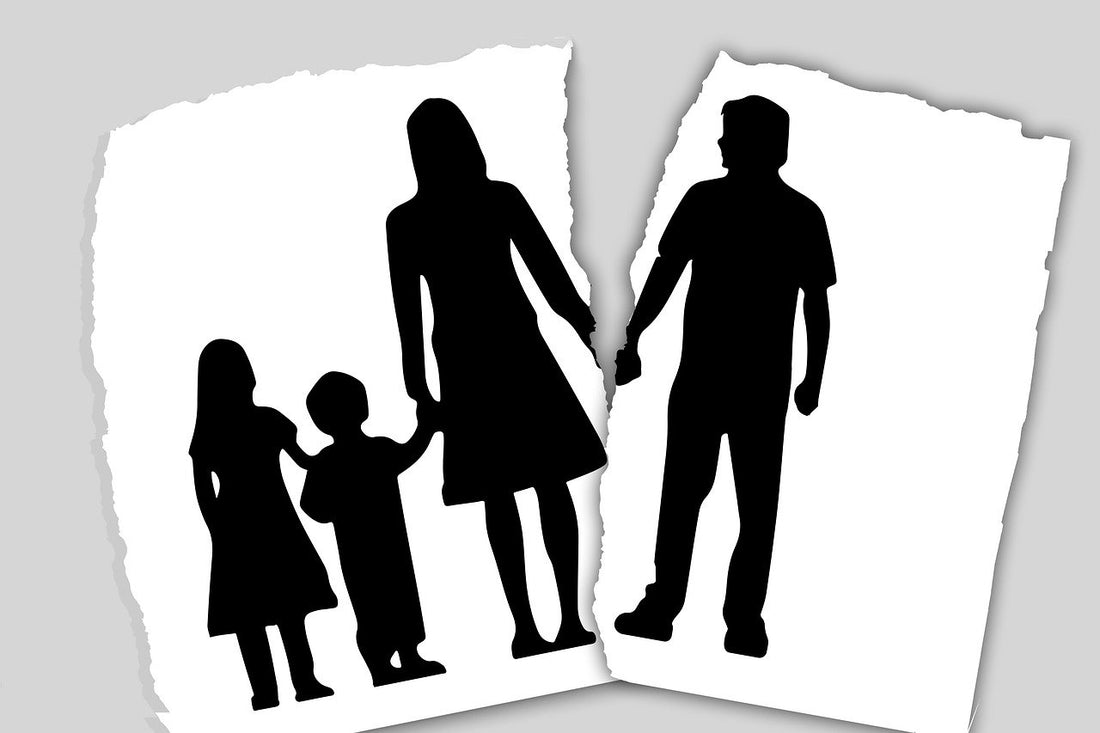This article presents the evolution observed with regard to the formation and dissolution of families through an analysis of indicators of marriage and divorce.
Introduction
It has long been considered that marriage, as recognized in the legislation of each country, marks the formation of a family unit. However, analyzing trends in family formation and dissolution based solely on marriage and divorce data may not provide a comprehensive picture.
Legal alternatives to marriage, such as registered partnership, are increasingly common and national laws have evolved to grant more rights to unmarried couples. Recent demographic data show that the number of marriages per 1000 people has decreased in the EU-28 in recent decades, while the number of divorces has increased. An increase in the proportion of children born to unmarried couples has also been observed.
Main statistical results
According to the latest data available for all the Member States of the European Union, in 2013, 2.1 million marriages were solemnized and 943,000 divorces were pronounced in the EU-28, which is equivalent to 4.1 marriages per 1,000 people (crude marriage rate) and 1.9 divorces per 1,000 people (crude divorce rate).
Since 1965, the crude marriage rate in the EU-28 has fallen by almost 50% in relative terms (from 7.8 marriages per 1,000 people in 1965 to 4.1 in 2013). At the same time, the crude divorce rate rose from 0.8 divorces per 1,000 people in 1965 to 1.9 divorces per 1,000 people in 2013. This rise can be partly explained by the legalization of divorce in several EU Member States during this period (eg Italy, Spain, Ireland and Malta).
Table 1 shows that in 2015, among the countries for which data are available, the crude marriage rate was highest in the candidate countries of Albania (8.7 marriages per 1,000 people) and Turkey (7.7). Among EU Member States, the highest rates were found in Lithuania (7.6), Cyprus (7.2) and Malta (7.0). The lowest crude marriage rates were observed in Portugal and Slovenia (3.1 marriages per 1,000 people in both cases).
As regards divorces (see Table 2), in 2015 the candidate countries Montenegro (0.9 per 1,000 people) and the former Yugoslav Republic of Macedonia (1.0) recorded the crude rates of lowest divorce. Among the EU Member States, the lowest rates were observed in Malta (0.9) and Slovenia (1.2). In general, southern and eastern Member States — Greece (1.3, 2014 data), Italy and Croatia (both 1.4), Bulgaria (1.5) — have posted low crude rates. By contrast, divorce rates were higher in several northern Member States, including Lithuania (3.2 divorces per 1,000 people), Denmark (2.9), Latvia and Estonia (both at 2. 6).
Among the EFTA States, the crude divorce rate shows a peak of 2.4 (2012 data) in Liechtenstein.
An increase in births outside marriage
In 2014, the proportion of live births outside marriage in the EU-28 was 42 % (see Table 3), and continued to increase, indicating the emergence of new patterns of family formation alongside the more traditional in which the children are from a marriage. Births outside marriage occur in non-marital relationships, common-law couples and single parents.
In 2015, the number of births outside marriage exceeded the number of births within marriage in several EU Member States, namely: in France (59.1 %), in Bulgaria (58.6 %), in Estonia and Slovenia (57.9%), in Sweden (54.7%), in Denmark (53.8%) and in Portugal (50.7%), as well as in Norway (55. 9%) among the EFTA countries. Mediterranean countries such as Greece, Cyprus, Croatia and Malta, as well as Poland and Lithuania, were generally in the opposite position, with more than 70% of births in each of these Member States occurring in a marriage. In Türkiye, this proportion was 97.2%.
In the EU-28, the share of children born outside marriage increased from 27.3 % in 2000 to 42.0 % in 2014. The latest available data show that in 2015 births outside marriage increased in almost all EU Member States compared to 2014, except for Bulgaria, Estonia, Latvia, Lithuania, Luxembourg, Romania and Slovenia.
Data sources and availability
Eurostat collects information on a wide range of demographic data, including the number of marriages by sex and previous marital status and the number of divorces. Data on the number of live births by marital status of the mother can be used to produce an indicator showing the proportion of births outside marriage.
Context
The family (family unit) is an evolving concept: the meaning attached to belonging to a family and the expectations placed on family relationships differ in time and space, so that it is difficult to achieve to a universally accepted and applied definition. Legal alternatives to marriage, such as registered partnership, are increasingly common and national laws have evolved to grant more rights to unmarried or same-sex couples. In addition to these new legal statuses, other forms of non-marital relationships have also emerged, so that statisticians are finding it increasingly difficult to collect comparable data across countries in this area.
Due to the time lag and differing formal recognition of evolving patterns of family formation and dissolution, it has become more difficult to measure these concepts in practice. Analysts of population statistics therefore have access to relatively few complete and reliable data sets that would allow them to make comparisons over time, between countries or within them.
